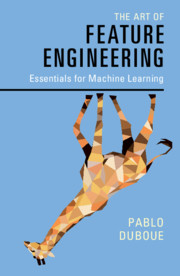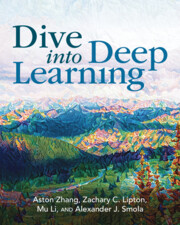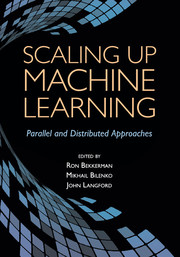The Art of Feature Engineering
When machine learning engineers work with data sets, they may find the results aren't as good as they need. Instead of improving the model or collecting more data, they can use the feature engineering process to help improve results by modifying the data's features to better capture the nature of the problem. This practical guide to feature engineering is an essential addition to any data scientist's or machine learning engineer's toolbox, providing new ideas on how to improve the performance of a machine learning solution. Beginning with the basic concepts and techniques, the text builds up to a unique cross-domain approach that spans data on graphs, texts, time series, and images, with fully worked out case studies. Key topics include binning, out-of-fold estimation, feature selection, dimensionality reduction, and encoding variable-length data. The full source code for the case studies is available on a companion website as Python Jupyter notebooks.
- Helps the practitioner obtain better end-to-end performance by not focusing on just tuning model parameters
- Can be used as a supplementary text for machine learning or data science courses
- Presents hands-on case studies, with 200 accompanying programs for students and instructors
- Includes a first-of-its-kind publicly available dataset for teaching feature engineering
Reviews & endorsements
'Pablo Duboue is a true grandmaster of the art and science of feature engineering. His foundational contributions to the creation of IBM Watson were a critical component of its success. Now readers can benefit from his expertise. His book provides deep insights into to how to develop, assess, combine, and enhance machine learning features. Of particular interest to advanced practitioners is his discussion of feature engineering and deep learning; there is a pervasive myth in the industry that deep learning and big data have made feature engineering obsolete, but the book explains why that is often incorrect for real-world computing applications and explains the relationship between building effective features and deep neural network architectures. The book engages with countless other basic and advanced topics in the area of machine learning and feature engineering, making it a valuable resource for machine learning practitioners of all levels of experience.' J. William Murdock, IBM
'Feature engineering is the process of identifying, selecting and evaluating input variables to statistical and machine learning models for a given problem. Pablo Duboue's The Art of Feature Engineering introduces the process with rich detail from a practitioner’s point of view, and adds new insights through four input data scenarios for the same prediction task. Highly recommended!' Nelson Correa, Andinum Inc.
'TAoFE is a comprehensive handbook - sure to be a hit with data science practitioners. With highly accessible and didactic explanations of complex concepts, the book represents the state-of-the-art, and shows in practical terms how it applies to a wide range of real-world case studies.' Gavin Brown, University of Manchester
'This book provides a large catalogue of feature manipulation techniques along with non-trivial examples to illustrate their applicability and impact on performance. It could be suitable as a textbook for an upper level undergrad or graduate text mining or multimodal data analysis class. Recent graduates starting in field data mining and text analysis will find this a useful text.' Wlodek Zadrozny, University of North Carolina
Product details
July 2020Paperback
9781108709385
284 pages
228 × 152 × 16 mm
0.42kg
Available
Table of Contents
- Part I. Fundamentals:
- 1. Introduction
- 2. Features, combined
- 3. Features, expanded
- 4. Features, reduced
- 5. Advanced topics
- Part II. Case Studies:
- 6. Graph data
- 7. Timestamped data
- 8. Textual data
- 9. Image data
- 10. Other domains.






